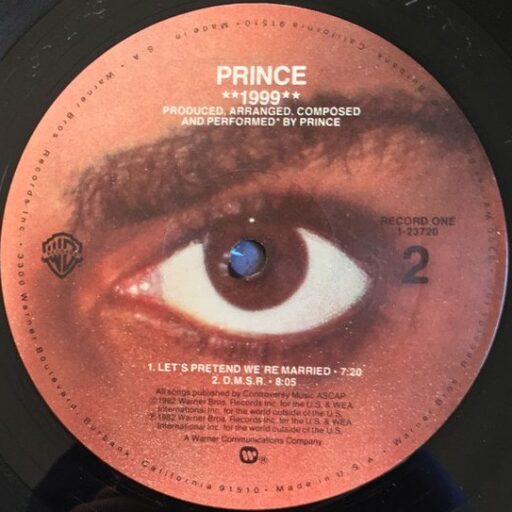Tag: hollywood sound recorders
-
How Come U Don’t Call Me Anymore?
“How Come U Don’t Call Me Anymore?” feels in many ways like Prince’s Ur-song: a pure expression of the carnal and emotional longing at his core, drawn from the deep well of the African American musical tradition.
-
Private Joy
“Private Joy” tends to be overlooked in Prince’s canon, possibly because its synth-heavy arrangement is more unapologetically “pop” than anything he’d done to date.
-
Ronnie, Talk to Russia
It’s difficult to determine just how seriously “Ronnie, Talk to Russia” was meant to be taken.
-
Sexuality
Like Prince’s earlier stabs at social commentary, “Sexuality” offers a kind of generalized, non-denominational liberation through hedonism and individual self-expression.
-
Controversy, Part 3: Do I Believe in God? Do I Believe in Me?
More even than race and sexuality, the distinction between “God” and “me”–the sacred and the secular, the spirit and the flesh, etc.–was the prevailing theme of Prince’s career.
